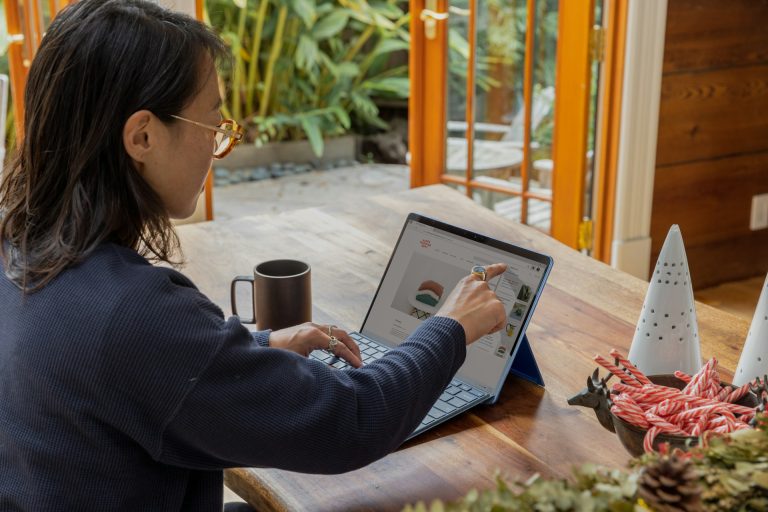Introduction
Their businesses are selling to customers around the world The retail game has changed, and e-commerce means that no one’s too small for the big stage.
Transitioning from local shelves to global carts is no longer a far-off ideal but a strategic requirement for retailers who want to expand.
This article provides a straightforward pathway for retailers to go global, covering key stages such as improving logistics, understanding markets and taking advantage of tech.
This guide for retailers includes tips on sending parcel to Australia and other international locations.
Understanding Global Market Dynamics
To take the company global, research into target markets is inseparable.
Retailers need insights into consumer tastes, spending power and cultural differences in places like Australia, Europe or Asia.
So as an example, the Australian have shown they like green and swift solutions, so you probably better tailor offers to that. Such tools as market research platforms and e-commerce analytics can supply information about the demand out there, which may come in handy for retailers who want to pick the best products to place their bets on.
Similarly, it is essential to learn about local rules and regulations (including import duties and taxes) to prevent any additional costs when arranging to send parcel to Australia or in other countries.
Building a Scalable E-commerce Platform
A strong e-commerce platform is the engine of global retail. Retailers need to make sure they have a website that speaks more than one language and accepts different currencies and payment types, as their customers are not all the same.
Platforms such as Shopify or WooCommerce provide scalable options for online stores with integrated features to the international shipping and tax calculations.
Creating a fluid buying experience, from when the customer lands on your product page all the way to checkout, helps establish trust and enables you to follow up with customers for future orders.
Reliable shipping APIs can also make the process to send parcel to Australia all that more efficient, customers can expect real time tracking and delivery estimates.
Optimizing International Logistics
Logistics is a huge barrier for international expansion.As a retailer, this will look like partnering up with a shipping carrier that offers good rates and delivery times.
For example, when you need to send a package to Australia choosing the appropriate shipping company that boasts good local connections is crucial.
The customer satisfaction may improve by establishing a transparent returns policy and shipping costs.
Add to that the use of fulfillment centers, in order to reduce shipping time and costs more strategically. Business owners may also consider more environmentally friendly packaging options to cater for the rise of eco-aware customers in places such as Australia.
Marketing to a Global Audience
Good advertising connects us with regional and international markets. Retailers need to use regional content like local social media campaigns or email marketing to captivate international segments.
For example, in promotional literature drawing attention to quick and economical means of send parcel to Australia can draw Australian customers.
Local influencers and direct adverting on platforms like Instagram and Google can help gain exposure and visibility for your brand.
Retailers will also have to contend with disparate international advertising laws And steer clear of potential legal land mines.
Leveraging Technology for Efficiency
Technology streamlines global retail operations. Inventory management tools allow you to keep an eye on goods in multiple locations and prevent warehose oversells.
With AI-powered chatbots, 24/7 customer support in a variety of languages can also improve the shopping experience.
Analytics tools, for one, provide that data on customer behavior and allow retailers to fine-tune their approach.
Consider analysis of courier records, this can help in planning how you transport parcel to Australia effectively and receiving processed time at a period when it reduces the amount of time that products spend in transit as well cuts down on costs associated with package delivery. And merchants themselves can do it at scale and in the cloud with on-demand spikes during peak periods.
Navigating Challenges and Risks
With global reach comes challenges, such as currency shifts, geopolitical instability and supply-chain disruptions.
Retailers are thus forced to make contingency plans that may involve sourcing elsewhere and/or hedging currency risk.
Building powerful alliances with local partners on target markets can lessen risk and could give you something to go on.
By tracking performance metrics (like delivery success rates and customer satisfaction on feedback forms), retailers can keep far ahead of the competition by working to always be better.
Conclusion
The shift from local shelves to global carts is an exciting proposition for the retailers willing to invest in strategic planning and execution.
Through insight into worldwide markets, the ironing of efficient logistics, careful use of technology and aligned marketing; retailers are able to create a successful international offering.
If you are looking at sending parcel to Australia or any other place in the world, it all about providing value, being dependable and having an understanding of customer differences.
With the right game plan, retailers can translate local success into international victory by tapping markets that easily extend beyond their hometown.


